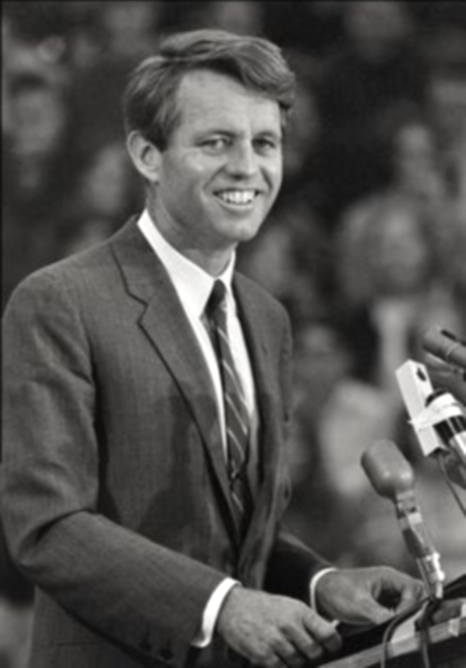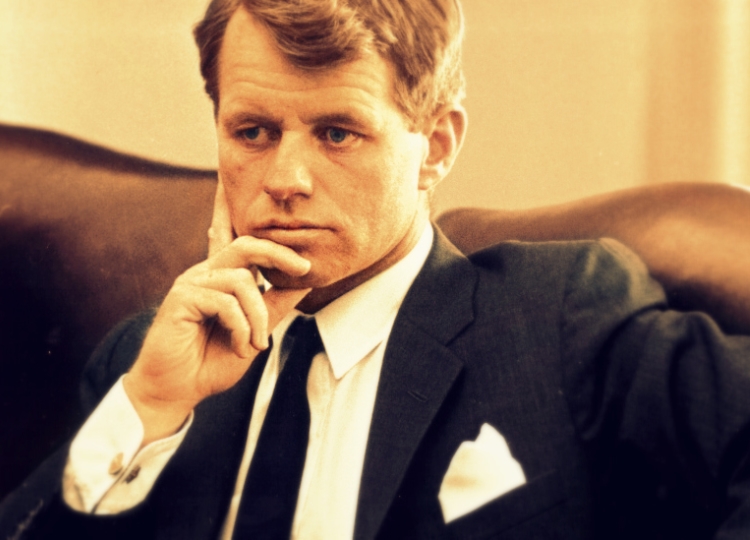The Helicopter's History Briefly
The first vertically flying device was a Chinese toy, it appears, a spinning rotor attached to a stick. Historians date the Chinese toy to 400 BC. Fifteen-hundred years after the birth of Christ, around 1480, Leonardo da Vinci described and sketched a machine he named The Aerial Screw; but contemporary aeronautical engineers maintain that da Vinci’s machine could not and would not have flown. During the next four-hundred years, many inventors and engineers from many nations generated designs and experimented unsuccessfully with vertical flight.
In 1861, the term helicopter entered the human lexicon, coined by the French inventor, Gustave de Ponton d’Amécourt, who built and demonstrated a device which, humorously enough, never overcame the force of gravity. At the turn of the century, a German inventor Hermann Ganswindt, recognized as the inventor of the helicopter, demonstrated a motor-powered device in Berlin that actually lifted humans off the ground and transported them a short distance horizontally. Approximately thirty years later, Spanish engineer Juan de la Cierva combined an unpowered rotor with a fixed wing aircraft and created the autogyro, Cierva C.19; but the C.19’s hovering abilities were limited. German engineer and aviation pioneer, Henrich Folke, realized that the C.19’s limitations would be overcome only when a true helicopter was developed, leading him and engineer, Gerd Achgelis, to develop the Fw-61, the first practical and functional helicopter. The Fw-61 flew for the first time in June of 1936. As an aside, an autogyro was featured in the 1933 W.C. Field’s movie, International House.
In America, Igor Sikorsky and W. Lawrence LePage both coveted the commission to develop and produce a functional helicopter for the United States military. LePage was commissioned to develop a design based on the Fw-61, which resulted in the XR-1, an experimental dual-rotor, six-blade helicopter. Sikorsky, however, developed a simpler single rotor design consisting of three blades, the R-4, which became the first mass-produced helicopter used by the American military. From the 14th of January in 1942, the date of the R-4’s initial flight, until its retirement in 1944, Sikorsky Aircraft produced 131 units for the US military while also developing the H-19 Chickasaw, a troop transport helicopter.
Bell Aircraft also developed a helicopter for the American military, the Bell UH-1D, otherwise known as the Huey, introduced in 1959. Bell also developed a commercial variant of the military version, the Bell 204/205 UH-1. Chances are, if you found yourself in a military helicopter in 1962, Norman Mailer’s marine chopper, for instance, you were in a Huey or Sikorsky’s H-19 Chickasaw. If you found yourself in a large commercial helicopter in 1962, chances are you were in a commercial variant of the Bell 204/205 UH-1 or the Sikorsky S-55 Chickasaw.
Meanwhile, with the assistance of Arthur M. Young, Bell Aircraft began to develop and experiment with small helicopters designed for commercial shuttle flights and other civilian uses. Bell and Young developed an experimental model, the Bell 30, a single passenger helicopter which evolved into the Bell 47, the first helicopter certified for civilian and commercial uses. After its initial flight in December of 1945, the Bell 47 became and remained the most popular civilian helicopter until its retirement in 1974. Bell Aircraft produced 5,600 units and sold them worldwide. If you found yourself flying in a civilian helicopter in the mid-fifties and the early sixties, you were more than likely hovering in a Bell 47 or a variant thereof.
In the late nineteen-fifties and the early nineteen-sixties, helicopter development, and helicopter travel, were in a relative period of infancy. The Bell 47G, for instance, featured the familiar soap-bubble canopy, exposed welded tube fuselage or tail boom, saddle fuel tanks and skid landing gears. The 47G could generate a maximum speed of 105 MPH; but its cruising speed was only 84 MPH with a maximum range of just 214 miles. The Bell 47J Ranger, a deluxe variant of the 47G, featured a fully enclosed fuselage, or tail boom, and a fully enclosed cabin. The Ranger could generate a maximum speed of 105 MPH; but its cruising speed was only 91 MPH with a maximum range of 258 miles. Both the UH-1D Huey used by the US military and its commercial variant, the 204/205 UH-1, could generate maximum speeds of 135 MPH. The cruising speed of the 204/205 UH-1 was 110 MPH with a maximum range was 345 miles while the UH-1D Huey could cruise at 125 MPH with a maximum range of 315 miles. The Sikorsky Chickasaws featured a maximum speed of 101 MPH, a cruising speed of 85 MPH and a range of 450 miles. The fastest helicopter available in 1962 was the Piasecki 16H-1 Pathfinder, an experimental combination rotor and prop-powered fixed wing aircraft, developed primarily for the United States Army. With a cruising speed of 175 MPH, the Pathfinder could have delivered Robert Kennedy to Los Angeles and returned him to Gilroy in approximately 4 hours. However, any ground based person who observed that particular craft might have mistaken it for a UFO; but he or she most certainly would have remembered it.
If we accept momentarily that Robert Kennedy flew from Gilroy all the way to Los Angeles in a helicopter, a distance of 310 miles, he probably flew in either a Bell or a Sikorsky variant. With cruising speeds of 125, 110 and 85 MPH, time in the air, depending on several factors, would have varied between 2½ and 4 hours one way.


